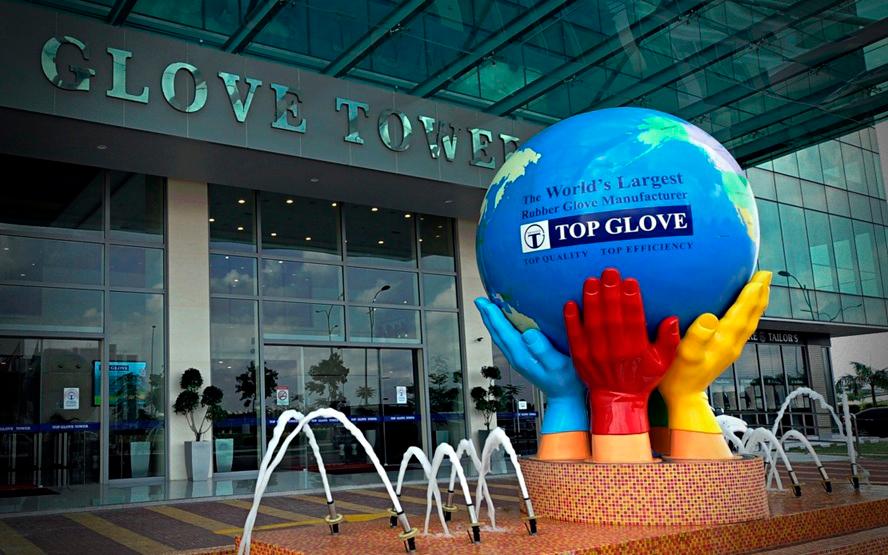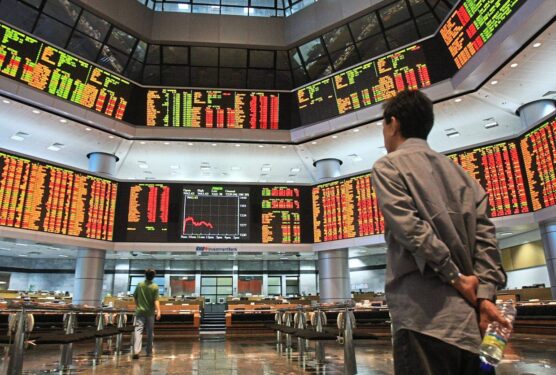THE robust bidding interest for the recently concluded (March 2021) Large Scale Solar Phase 4 (LSS4) tenders would likely accelerate new LSS tenders in the near future.
This is despite muted project returns which commensurate with its low risk profile, according to TA Securities Research.
“LSS plants have relatively low construction risk vis-à-vis thermal plants given the simplistic process of solar panel mounting and installation,” the research house pointed out in a thematic report entitled “Green Revolution: Future Green Trends to Watch Out”.
Recall that the LSS4 had attracted bids from listed companies in various industries that are not existing power producers in the likes of Advancecon Holdings Bhd Solarvest Holdings Bhd, MK Land Holdings Bhd, Tan Chong Motor Holdings Bhd, APM Automotive Holdings Bhd, Gopeng Bhd, JAKS Resources Bhd, Ranhill Holdings Bhd, Uzma Bhd and KPower Bhd.

On the hindsight, it has to be pointed out that solar plants have their disadvantages include intermittency, limited operation hours, and requirement for large land swathes. Moreover, solar energy generation varies according to cloud conditions, and is only available during daytime.
Correspondingly, its inefficiency is reflected in significantly lower availability factor (circa 17%) vis-à-vis thermal plants (85%-98%).
However, solar plants are significantly cheaper and easier to maintain compared to thermal plant in terms of operation and maintenance (O&M).
Key O&M works for onshore solar PV plants include (i) visual inspection and cleaning of PV modules; (ii) vegetation management; and (3) drainage maintenance and slope protection. These works can be undertaken during non-productive hours when energy output is minimal.
TA Securities Research expects LSS4 projects (capacity: 50 megawatt [MW]) to generate profit (project internal rate of return: 8%) of circa RM10 mil during its first year of operations.
“Our key underlying assumptions include (i) total capex of RM175 mil; (ii) 80% debt financing; (iii) plant salvage value of 20%; (iv) average plant capacity factor of 18%; (v) electricity tariff of 19 sen/kWh; and (vi) application of Green Investment Tax Allowance (GITA),” the research house pointed out.
Given the lack of foreign competition with foreign ownership restricted up to 49% of controlling interest for LSS4 projects, this implies ample opportunities for local players in the engineering, procurement and construction (EPC) and O&M space.
In particular, local contractors may get involved in the provision and implementation of solar photovoltaic (PV) projects for residential, commercial and industrial properties as well as LSS plants.
Their scope of works may include design, supply and installation of solar systems as well as other engineering works (ie civil, structural, mechanical and electrical engineering works). Apart from LSS, other solar facility projects on a smaller scale that benefit EPC contractors include rural electricity supply and net energy metering (NEM) programmes set-up by the Government.
Key EPC contractors that would benefit include Solarvest, Samaiden Group Bhd and Pekat Group Bhd. – Aug 20, 2021
Picture credit: Astro Awani









